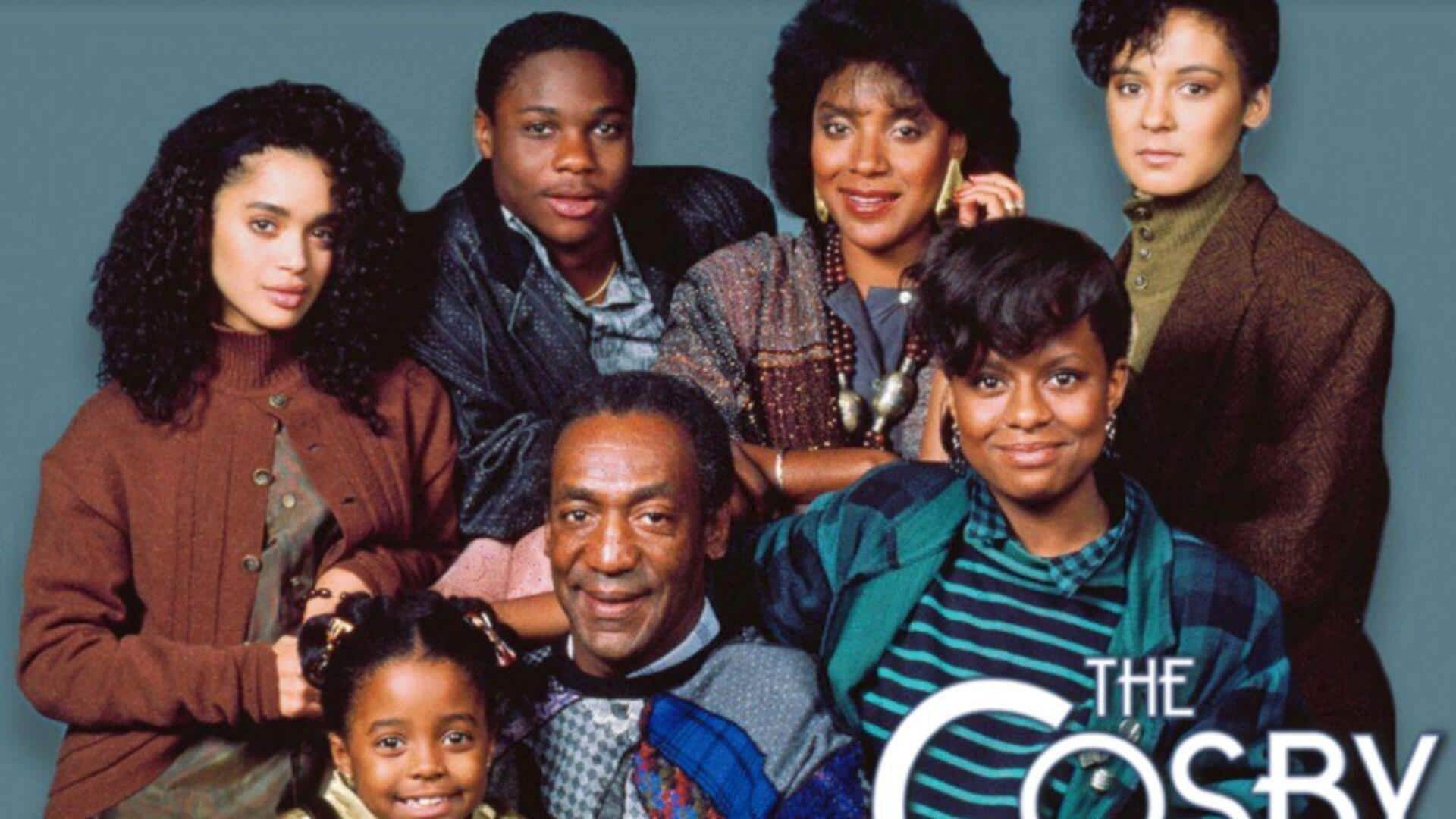
'Cosby Show' moments that changed how America saw black families
What's the story
The Cosby Show, which aired from 1984 to 1992, gave a fresh perspective on African American families and culture. The sitcom was more than just a source of entertainment; it was a cultural phenomenon that broke stereotypes and changed perceptions. Here are five moments from the show that defined African American culture, showcasing its impact on television and society.
#1
Huxtable family's Thanksgiving tradition
The Huxtable family's Thanksgiving tradition was a recurring theme that highlighted the importance of family values and togetherness in African American culture. The episodes often showcased the family's preparation for the holiday, emphasizing unity and gratitude. This portrayal resonated with many viewers who saw their own family traditions reflected in the Huxtables' celebrations.
#2
Theo's struggle with identity
Theo Huxtable's journey through adolescence also touched on themes of identity and self-discovery, which are common in African American experiences. His character dealt with peer pressure and societal expectations while trying to find his place in the world. These storylines resonated with young viewers grappling with similar challenges.
#3
Claire Huxtable's career success
Claire Huxtable's portrayal as a successful lawyer broke barriers for women of color on television. Her character's professional achievements showcased the potential for African American women to excel in their careers while balancing family responsibilities. Claire's success story inspired many viewers who saw her as a role model.
#4
Vanessa's musical aspirations
Vanessa Huxtable's passion for music also highlighted artistic expression within African American culture. Her character often pursued musical endeavors that reflected personal dreams and aspirations. These storylines celebrated creativity and encouraged young people to pursue their passions despite obstacles.
#5
Sondra's college experience
Sondra Huxtable's college experience also addressed educational aspirations within African American communities. Her journey through higher education showcased both challenges and triumphs faced by students of color. This narrative encouraged discussions about access to education and support systems needed for success.